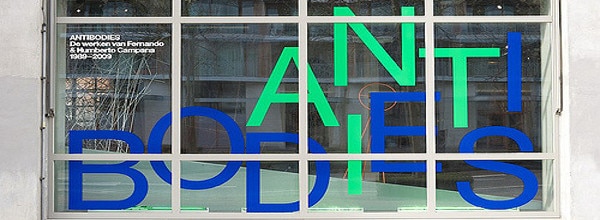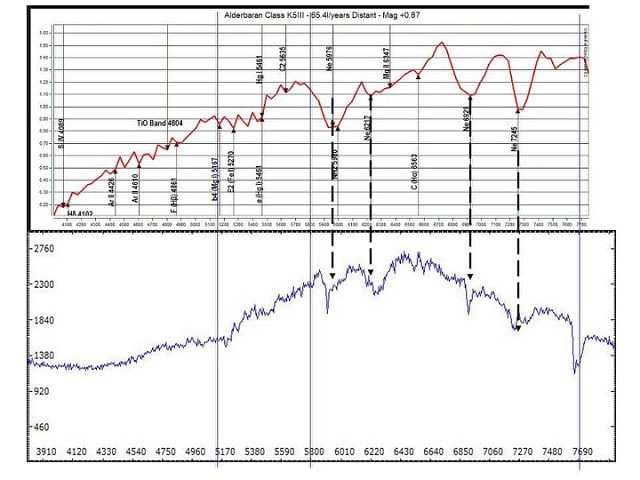Today, about half of all therapeutic drug approvals by the US Food and Drug Administration (FDA) are for biological drugs. That number is expected to rise to 75 percent by 2025. When these biologics come off patent, the gates will open for a flood of biosimilar drugs (biopharmaceutical generics) that are designed to be much less expensive than the patented innovators.
According to the FDA, a biosimilar does not have to be chemically identical to its patented original biological drug (also called an innovator). The agency uses the term “substantial equivalence” to indicate that the molecule is analytically similar and that there are no meaningful clinical differences in regards to efficacy and safety. To demonstrate the substantial equivalence of your biosimilar, you’ll need to have as complete a characterization as possible.
However, analytical methods and bioassays for complex biosimilars—like monoclonal antibodies, proteins, or antibody-drug conjugates—are complicated and expensive, which requires you to choose your methods wisely.
Here are five issues in analysis of biosimilars you’ll need to address.
Issues in Analysis of Biosimilar Drugs
Chemical structure. This includes, of course, the primary protein sequence but also the identity and location of all post-translational modifications (PTMs). The gold standard for determining sequence and PTMs is Quadrupole-Time of Flight Mass Spectroscopy (Q-Tof MS).
Q-Tof MS measures the mass and charge state of proteins at ultra-high resolution (<2 ppm), which allows for the determination of not only the primary protein sequence but also the presence of PTMs. Based on this resolution, Q-Tof MS can analyze small proteins without protease digestion. High molecular weight proteins (e.g., monoclonal antibodies) require only minimal digestion for determination of the sequence and PTM identification. Once the general location and identities of the PTMs are determined, then their exact positions can be ascertained utilizing proteases, such as trypsin or Lys-C.
Glycan identity and relative abundance can be confirmed utilizing N-linkage cleavage and fluorescent derivatization. The free, labeled glycans are analyzed by Ultra Performance Liquid Chromatography (UPLC)/Fluorescence/MS, and the majority of glycans can be positively identified by comparison of their mass and retention time versus standards.
Bioassays. These are key to demonstrating “substantial equivalence” between the innovator and biosimilar and present a special challenge. The innovator is under no obligation to provide either cells, methods, bioassays, or drug and have overwhelming incentives not to as you will be a direct competitor. This requires you to develop your own bioassay and use it to demonstrate similarity between your biosimilar and the innovator. Developing your own bioassay is not ideal, but is an accepted practice in biosimilar evaluation.
Higher order structure. As the regulatory agencies are aware of the issues regarding bioassays, they place greater emphasis on the higher order structure of the biosimilar. Techniques that provide information on the three-dimensional structure of your biosimilar and comparison to the innovator are critical for a successful submission. These techniques include: analytical ultracentrifugation, field flow fractionation, circular dichroism, FTIR, and differential scanning calorimetry.
Keep in mind that the biosimilars are completely different from small-molecule drugs and the abbreviated requirements that work for generic drugs are not applicable in these new situations. The most important consideration in performing the characterization of a biosimilar is to be absolutely thorough. This requires a myriad of analytical techniques and bioassays to generate sufficient data to satisfy a regulatory agency (as well as your own quality assurance team) that your molecule will perform similarly to the innovator.







